Cabin Attendant SAUDIA (Saudi Male)
Job Summary: Saudi Arabia’s leading National Air Carrier has job opportunities for holders of a valid Saudi National ID or […]

Job Summary: Saudi Arabia’s leading National Air Carrier has job opportunities for holders of a valid Saudi National ID or […]

Job Summary: Saudi Arabia’s leading National Air Carrier has job opportunities for holders of a valid Saudi National ID or holders of a permanent […]
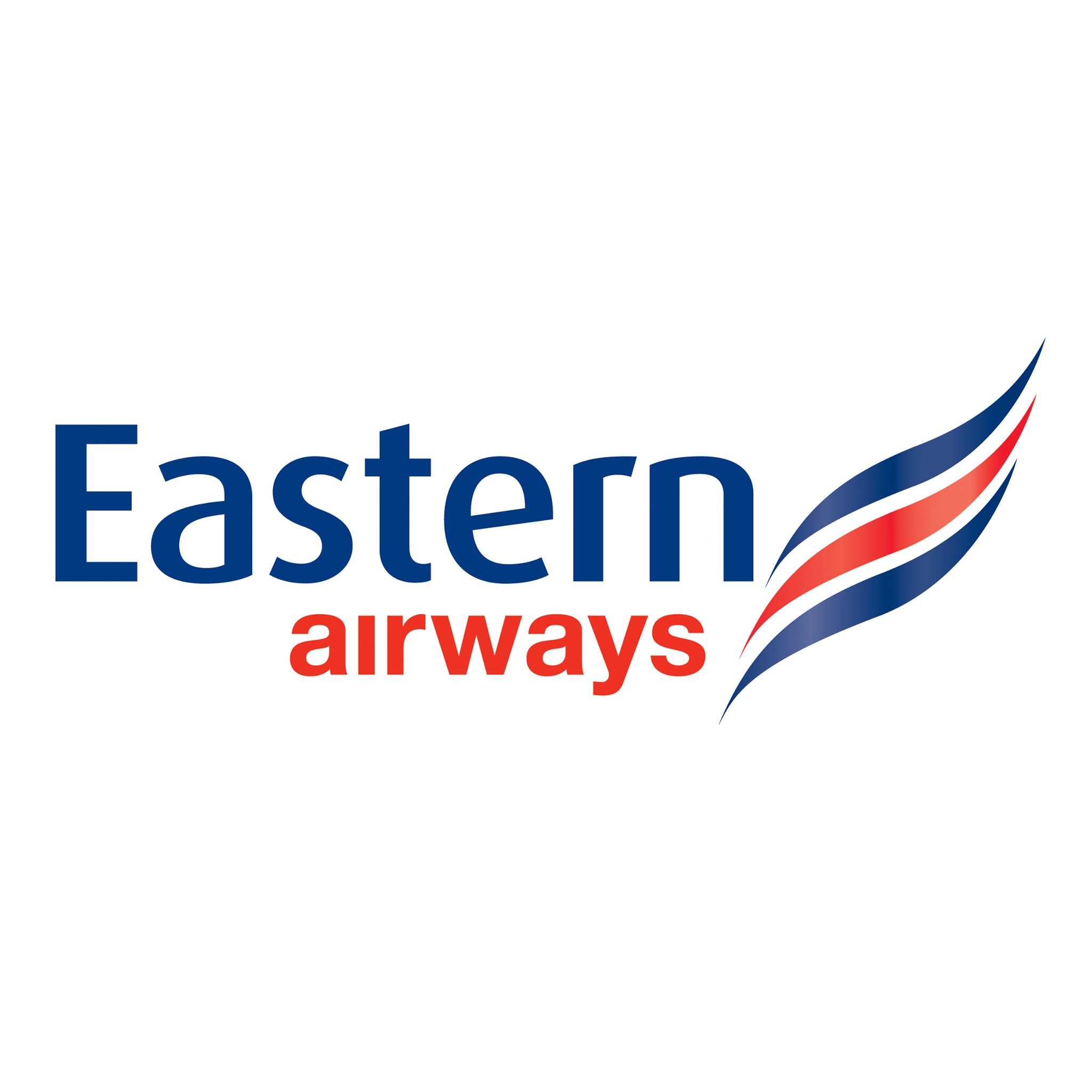
WANT TO BE PART OF OUR CABIN CREW FAMILY? When you pull on an Eastern Airways uniform, you become a […]

Hoch über den Wolken die perfekte Gastgeberin und Gastgeber sein – und nebenbei die schönsten Seiten der Welt entdecken. Wenn […]
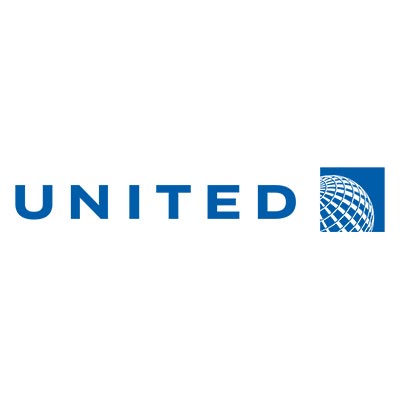
Description Join the United Inflight team: Be part of our shared purpose – Connecting people, Uniting the world There’s never […]

Eligibility Criteria : Female Indian nationals, with Indian Passport, between 18 to 27 years of age. Educational Qualification: Passed 10+2 […]

As a VIP Flight Attendant, you are to ensure the highest level of service, safety and security for our passengers. […]

Job description For more than 20 years, Global Jet Luxembourg, leading European company in Business aircraft management. As a VIP […]
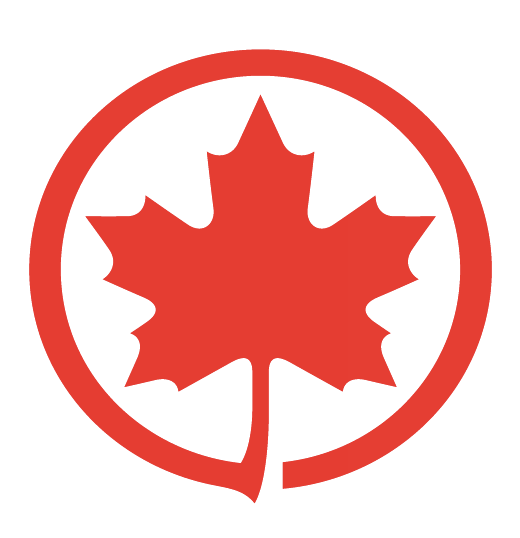
Have you ever dreamt of traveling the world? Of being part of an industry-leading team that is striving to reach […]

flyadeal is looking for dynamic and enthusiastic individuals to join our team as Cabin Crew Members. As a Cabin Crew […]
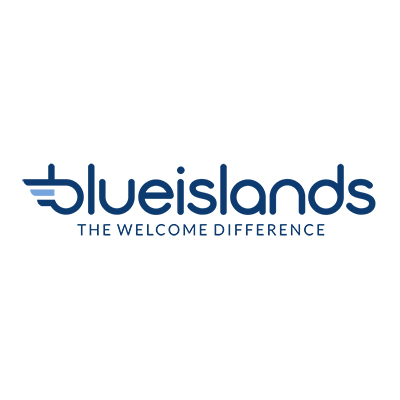
Blue Islands is recruiting full & part-time Cabin Crew to join its team We provide year-round, sustainable air connectivity to […]

Join the United Inflight team: Be part of our shared purpose – Connecting people, Uniting the world. There’s never been […]

Join the United Inflight team: Be part of our shared purpose – Connecting people, Uniting the world. There’s never been […]

Join the United Inflight team: Be part of our shared purpose – Connecting people, Uniting the world. There’s never been […]

Join the United Inflight team: Be part of our shared purpose – Connecting people, Uniting the world. There’s never been […]

Join the United Inflight team: Be part of our shared purpose – Connecting people, Uniting the world. There’s never been […]
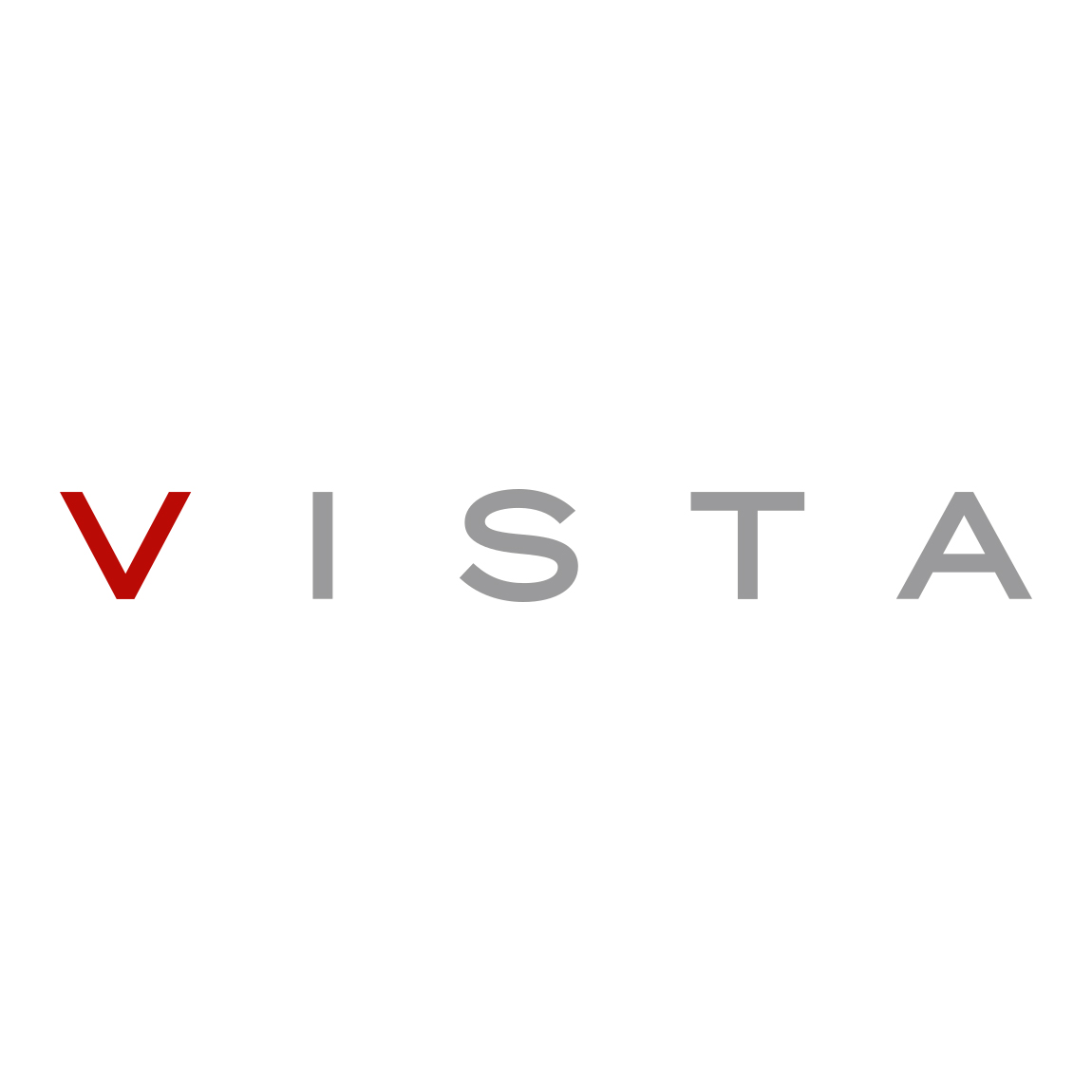
Vista America is excited to be hiring Cabin Host/Hostess to join our team. Each Vista flight has a Cabin Host/Hostess […]

VistaJet are excited to announce that we are hiring and expanding our Cabin flying team. **Please note – you must have […]

We are recruiting Cabin Crew Members for bases throughout Greece. Sky Express, a rapidly growing airline company, is currently seeking […]
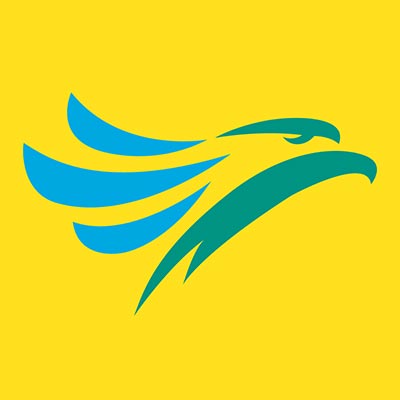
As Cebu Pacific continues to emerge stronger, so does our mission of connecting people to places and creating opportunities for […]
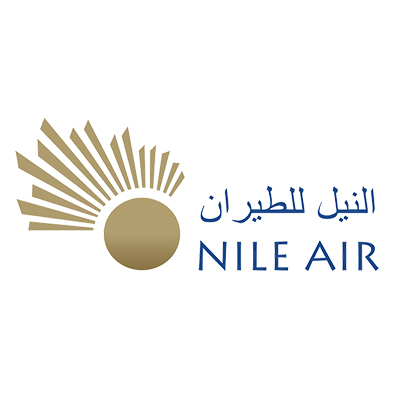
Nile Air cabin crew shall be responsible for the proper execution of their duties that are related to the safety […]
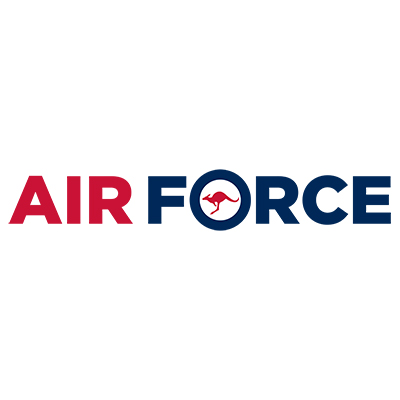
Provide safety, comfort and in-flight service to passengers and crew on board a variety of specialised aircraft, as well as […]

Do you have passion for hospitality and customer service excellence? We are looking for an Arabic – and English speaking […]

Since 1967, Jet Aviation has been crafting flight in its smoothest form. From one hangar in Basel, Switzerland, to some […]

Position Summary Do you have passion for hospitality and customer service excellence? We are looking for a full-time VVIP Cabin […]

Have you ever dreamt of traveling the world? Of being part of an industry-leading team that is striving to reach […]
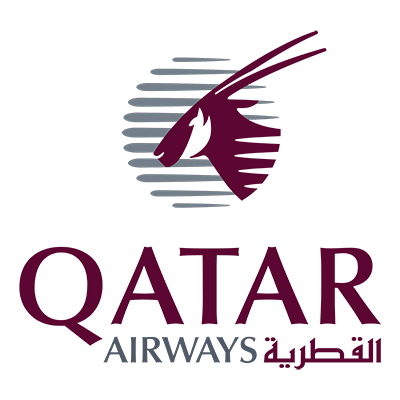
Begin your journey as Qatar Airways Cabin Crew, our ambassadors to the world. As our global network continues to expand, […]

Begin your journey as Qatar Airways Cabin Crew, our ambassadors to the world. As our global network continues to expand, […]

Begin your journey as Qatar Airways Cabin Crew, our ambassadors to the world. As our global network continues to expand, […]

Purpose of Position The Flight Attendant is responsible to provide a superior air transportation experience with a continued safety record […]
Candidates typically need to be at least 18 years old (sometimes 21) with a high school diploma or GED equivalent. Strong English skills, customer service background, composure under pressure, and swimming proficiency are essential.
Related: A Comprehensive Guide to Cabin Crew Job Description
Responsibilities include greeting and assisting passengers, conducting security demonstrations, serving meals and beverages, monitoring the cabin, ensuring passenger safety, and providing exceptional customer service.
To become a Cabin Crew Member, research airlines, gain customer service experience, consider attending a Flight Attendant school, meet job requirements, prepare a resume, and apply for positions.
Related: First Steps in Aviation: A Guide to Becoming Cabin Crew
Highlight customer service experience, teamwork skills, ability to handle challenging scenarios, educational background, language skills, and relevant certifications.
Research the airline, practice common interview questions, wear professional attire, show confidence, highlight problem-solving skills, and seek additional preparation advice.
Related: The Ultimate Cabin Crew Interview Preparation Guide
The multi-step process includes submitting an application form and CV, meeting height, language, and educational requirements, attending an assessment day, undergoing a medical evaluation, and passing a background check.
Be friendly and helpful in customer-facing roles, showcase teamwork, maintain a positive attitude, gain customer service experience, learn basic first aid, stay updated on the airline industry, and enhance communication skills.
Yes, but policies vary among airlines. Most prefer conservative grooming and discreet piercings. Check the specific guidelines of the airline you’re applying to.
Related: Can Cabin Crew Have Tattoos? Discover Airline Policies
Benefits may include free or discounted flights, travel privileges for family and friends, competitive pay, health benefits, pension plan contributions, well-designed uniform, and layovers with accommodations.
Related: Discover the 11 Unbeatable Perks of Being Cabin Crew
Cabin Crew Members can advance to positions such as Pursers, Senior Cabin Crew, Cabin Supervisors, or transition to ground-based operations or other departments within the airline.
Related: Elevating Your Career: Advancement Opportunities for Cabin Crew
To apply for a Cabin Crew Job, simply click on your preferred job position from the list above to view the requirements. Then, click on the “APPLY FOR JOB” button to proceed with the application process. It’s that easy!

